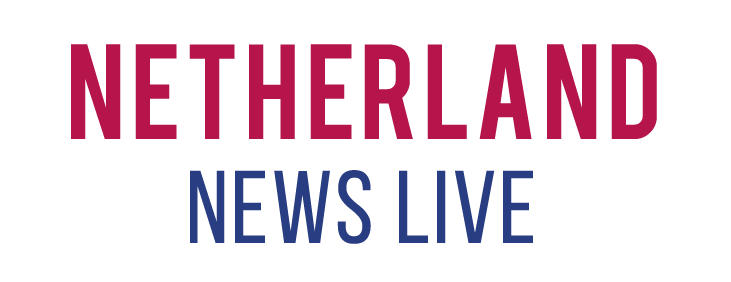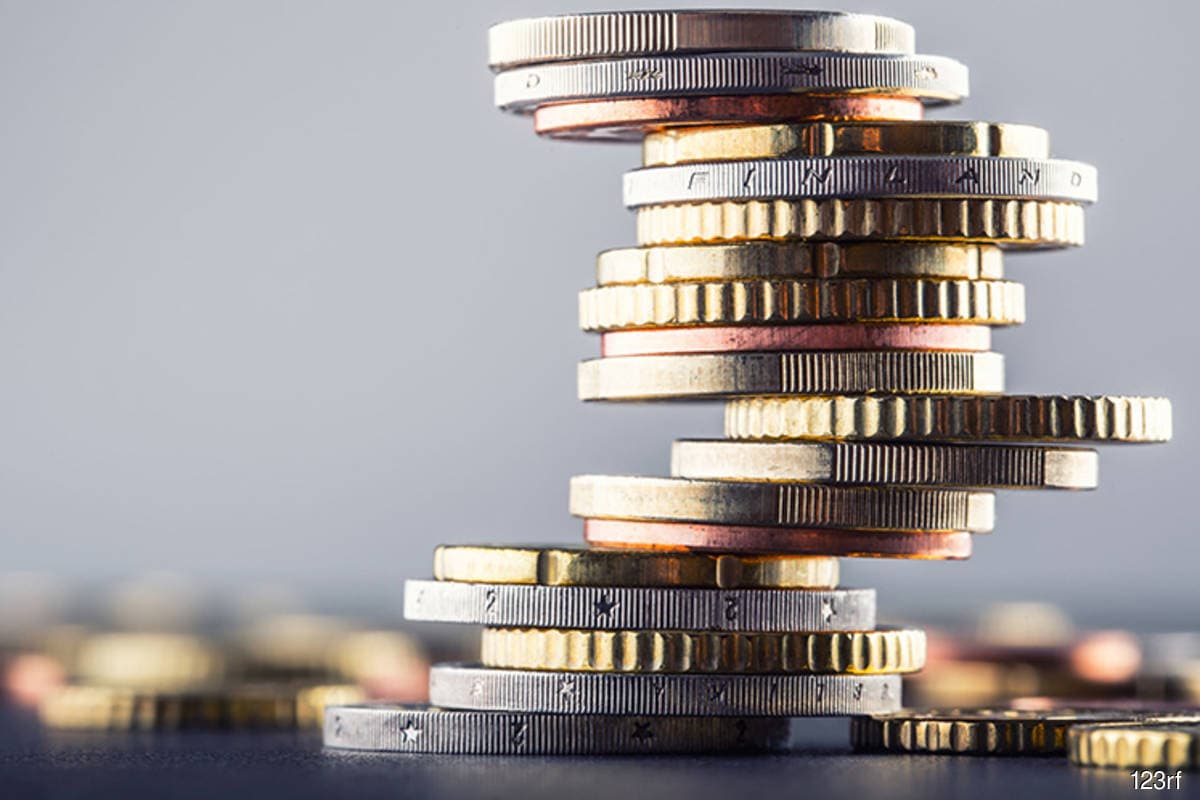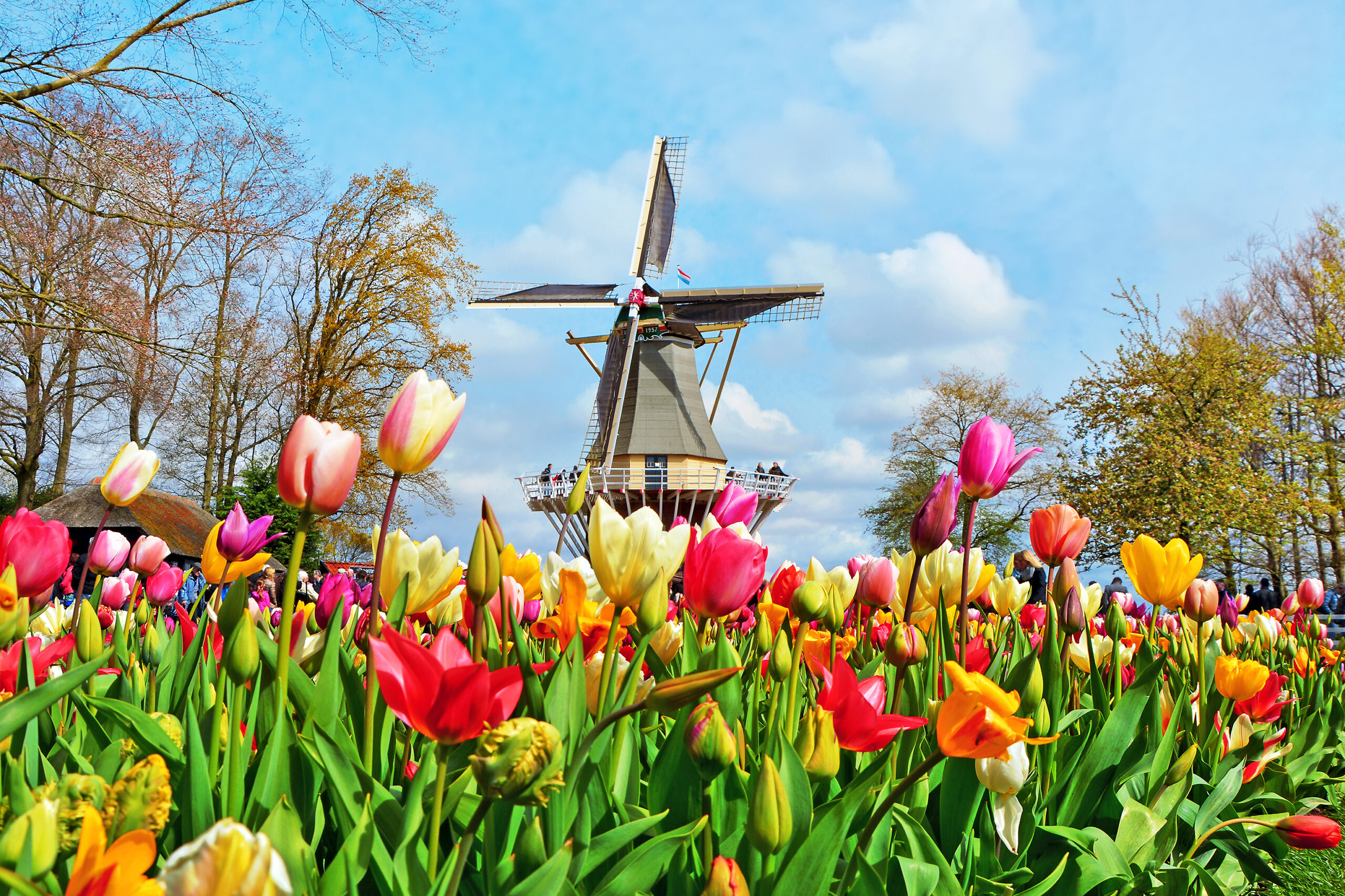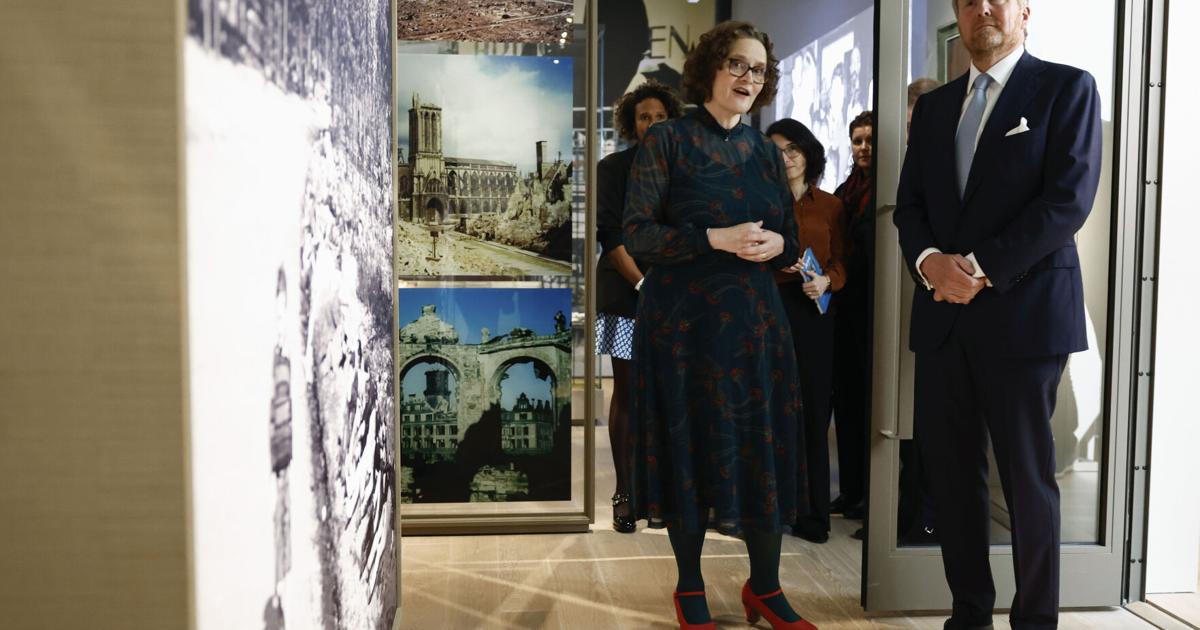Latin America’s Cocaine Cartel Brings Violence to Europe

“70 euros for one, 120 euros for two,” said the cocaine dealer as a young woman opened the door on Paris’ chic Left Bank.
“I’m like the delivery man who runs through Paris to deliver sushi and groceries,” he smiles. “I will take the order and deliver it.”
In many of Europe’s big cities, getting cocaine is now as easy as ordering a pizza.
Place your order via WhatsApp or Signal and the dealer can be at your door in 20 minutes or so.
“Consumers prefer to go to the platform and have the drugs delivered by a man who looks like a Deliveroo rider,” said Paris narcotics agent and police chief Virginie Rae. “It’s a lot easier than having to go to a dark place in the suburbs.”
About 3.5 million Europeans took cocaine in 2021, according to the European Monitoring Center for Drugs and Drug Addiction (EMCDDA). That’s four times what he was 20 years ago.
According to Europol, 240 tonnes will be seized in 2021, nearly five times more than a decade ago, and continental Europe is being hit by a “tsunami” of cocaine, said Belgian Federal Police Chief Eric Snoke. rice field.
– Beating, torture, kidnapping –
Europe has become one of the most lucrative markets for big drug cartels. They have not hesitated to capitalize on the corruption and extreme violence that have served South America so well.
“Kidnapping, torture, and beatings: so much money is at stake that criminal gangs have brought cartel tactics to our shores,” said Stephanie Charbonnier of France’s drug enforcement agency.
Northern Europe’s big ports like Antwerp and Rotterdam are so ravaged by drug violence that threatens democracy itself, with gangsters even planning to kidnap Belgium’s Minister of Justice.
A shootout in the streets of Antwerp could soon cause the country to be “deemed a drug state,” warned Brussels chief prosecutor Johann Delmur.
The cocaine flood begins in the alpine plateaus of Bolivia, Colombia and Peru, where the coca leaves from which the drug is extracted are grown.
José del Carmen Abril of Catatumbo, in northeastern Colombia, depends on coca to feed his eight children.
“Coca… has replaced a government that barely existed here,” said the 53-year-old. “It helps build schools, health centers, roads and homes.”
In a country where most people earn only $7 (6.5 euros) a day, coca producers can earn five times that.
But Del Carmen Abril is annoyed at being called “drugs”, saying that farmers like him “don’t even earn minimum wage”.
Despite the billions of dollars Washington and Bogota have spent on the “war on drugs” over decades, farmers continue to grow more and more coca, with a crop of 14 by 2021, according to the United Nations. %, reaching an all-time high of 1,400 tons. .
A “chemist” mixes the chopped leaves with gasoline, lime, cement and ammonium sulfate to make a white paste, which is then powdered in a pharmaceutical laboratory.
In Catatumbo, the paste sells for $370 a kilo. When mixed with a mixture of acids and solvents, it becomes “coke” worth over $1,000 per kilo.
– Mexican cartels –
Colombia supplies two-thirds of the world’s cocaine. But the collapse of the Cali and Medellin cartels in the 1990s and the signing of a peace deal with his Marxist FARC guerrillas in 2016 upended that deal.
Once mere middlemen, Mexican cartels now control the market almost completely, from funding production to overseeing cocaine smuggling.
The Sinaloa and Jalisco cartels initially focused on their “natural” market, the United States, before shifting their focus to Europe, where cocaine consumption exploded.
Europol estimates that the European cocaine market is currently worth between €7.6 billion and €10.5 billion at street level.
“The US market is saturated and Europe sells coke at 50-100% higher prices,” said Florian Colas, head of intelligence at French Customs. “Another advantage for traffickers is unconvincing prison sentences and multiple logistical options.”
Most of the transatlantic cocaine is shipped in containers and hidden in perfectly legal bananas, sugar and canned foods.
The rest come in by air hidden in suitcases or the stomachs of drug ‘mules’. increase.
Mexican cartels established a European beachhead on Spain’s Costa del Sol in the early 2000s. The Costa del Sol was already a major hub for cannabis transportation in Morocco.
However, with the arrest of several major smugglers and the explosive growth in shipping among others, smugglers are now making their way through the giant container ports of Northern Europe, such as Antwerp, Hamburg, Le Havre and Rotterdam. rice field.
“Some shipments pass through Caribbean ports on their way from South America,” while others “pass through the Balkans and West Africa before entering Europe,” said Corinne, deputy head of French Customs. Cleostrate said.
– European Mafia –
Traffickers follow a well-crafted “business plan”, with Mexican cartels selling to European transnational crime syndicates, sometimes through fixers who divide the cargo and spread the costs and risks. increase.
“Some of the criminal groups[that are part of these deals]could be competitors,” said Charbonnier.
“But they’re also allied to pool their strength and know-how to get their hands on the drug.”
The Belgian and Dutch Moroccan ‘Moclo mafia’, the Albanian, Serbian or Kosovo mafia and the Calabrian ‘Ndrangheta’ divide the market according to their respective regions and specialties.
But they use local criminals to steer drugs out of the port, with a strict division of roles.
A kilo of cocaine bought for $1,000 in South America will sell for €35,000 ($37,600) in Europe. After leaving the port and being cut together with other substances, it is sold to customers at €70 per gram. Its value has increased nearly 100 times by the time it hits the streets.
With such huge profits, huge war chests can bribe dock workers, freight agents, truck drivers, and sometimes customs and police officers to get cocaine out of ports.
Several French dockworkers have been jailed in Le Havre for working with drug cartels, and some were forced to help traffickers, according to police.
One person explained to a lawyer how he was sucked in. One day some guys asked me to take out a bag (from the port) for €1,000,” he said.
The gang is willing to pay up to €100,000 to take the container out of Le Havre. “He can only see 1% of the containers because we don’t have the resources to do more,” the customs official admitted.
Some dock workers are paid to allow containers to leave or move containers full of drugs out of range of security cameras. Some even lend security badges to gangsters.
In Rotterdam, Europe’s largest port, police and customer service officers stunned a group of traffickers’ local infantry trapped in a ‘container hotel’ with food and bedding awaiting the arrival of a shipment of cocaine. I got
– journalist assassination –
As well as buying collusion and silence, the huge sums being made are fueling extreme violence in northern European port cities.
Antwerp, a major gateway for illegal drugs to Europe, has recorded more than 200 cases of drug-related violence in the past five years, and last week after a bullet was fired into a house in the Mercksem residential area, 11 A year old girl died. .
In May, the home of a family known to have been involved in drugs was blown up in nearby Deurne, while neighbors celebrated their wedding in the garden.
In Holland, gangs go even further.
On July 6, 2021, well-known investigative journalist Peter R. de Vries was shot several times in an underground parking garage shortly after appearing on a television talk show. He died nine days later.
A crime expert, one of his sources was a key witness against drug lord Liduan Taghi, a suspected head of the “Mocro Mafia” who was arrested in Dubai in 2019.
“We went to a completely different level of violence,” said Belgian police chief Snook. “They have no qualms about torturing anyone for information or executing anyone who doesn’t keep their contracts. It sends chills down your spine.”
In 2020, Dutch police found containers that had been converted into solitary confinement cells and torture chambers. Last year, the encrypted Sky ECC Secure crack in his messaging app used by the gang provided further insight into their ruthlessness, including people being put through a meat grinder and executed alive. rice field. video.
The cocaine mafia will do anything to protect their business. And no one is safe. Belgian police revealed plans to kidnap the country’s justice minister in September, and in the Netherlands, Crown Princess Amalia and Prime Minister Mark Rutte were said to have been targeted late last year.
– “big fish” caught –
But authorities have hit back hard with increased port security, co-operation with intelligence agencies and the “targeting” of top dogs that have led to record seizures, with 109.9 tonnes of cocaine seized in Antwerp last year. .
“This not only shows that our methods have become more efficient, but also that the flow of drugs is increasing,” said Cleostrate, head of French customs.
As a rule of thumb, experts believe that only one-tenth of the cocaine shipped to Europe is seized.
But more and more “automation of freight terminals makes it difficult for traffickers,” said Ger Scheringa, who heads the Dutch Customs Investigation in Rotterdam.
However, it is switching shipments to smaller, less-guarded ports such as Montoire-de-Bretagne in northwestern France, where more than 600 kilograms of “Cola” were seized in 2022.
European police have also had great success, claiming they decapitated a “super cartel” that smuggled a third of the continent’s cocaine, and have 49 suspects in Belgium, the Netherlands, France, Spain and France. And most of all, he claims to have been arrested in Dubai. of the favorite hangouts of drug lords.
But on the Caribbean front, French customs officials aboard Martinique patrol vessels heading north from South America aren’t all happy.
“The traffickers know our way … we try our best, but you realize you can’t have everything,” said Jean-Maria, the island’s customs chief. Charles Métivier admitted. “We are often one step behind.”
On the other hand, business and competition are brisk in Paris. “Flash Sale!” proclaims a message sent by the dealer on WhatsApp. “1 gram 50 euros”
burs-pa/dp/fg/jm
https://www.expatica.com/nl/general/latin-american-cocaine-cartels-bring-violence-to-europe-2-494402/ Latin America’s Cocaine Cartel Brings Violence to Europe




